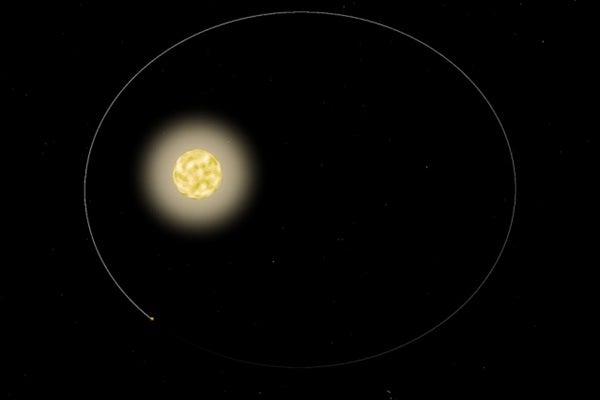A planet 370 light years away gives its home star tiny little pulses to show it cares.
The planet, HAT-P-2b, orbits an F-type star slightly larger than the Sun. At eight times the mass of Jupiter, the planet is fairly massive and orbits its star in a little more than five days. As the planet moves along, it induces seismic waves in the surface of its star.
The star itself is right at a boundary called the Delta Scuti instability strip, which leads to stars that brighten and dim called cepheid variables. The presence of the planet momentarily pushes the star over this limit in intervals of roughly 87 minutes. So far, it isn’t understood if there’s any abnormal effect from the star HAT-P-2 to its planet aside from creating intense amounts of heat thanks to its proximity to its star.
“It is not impossible that there is a transfer of energy from the planet orbit to the star to induce these pulsations, but it is a long-term effect whose amplitude will depend on the exact process behind these pulsations so we will need more work to figure all that out,” Julien de Wit, a co-author of the paper published today in The Astrophysical Journal, says.










